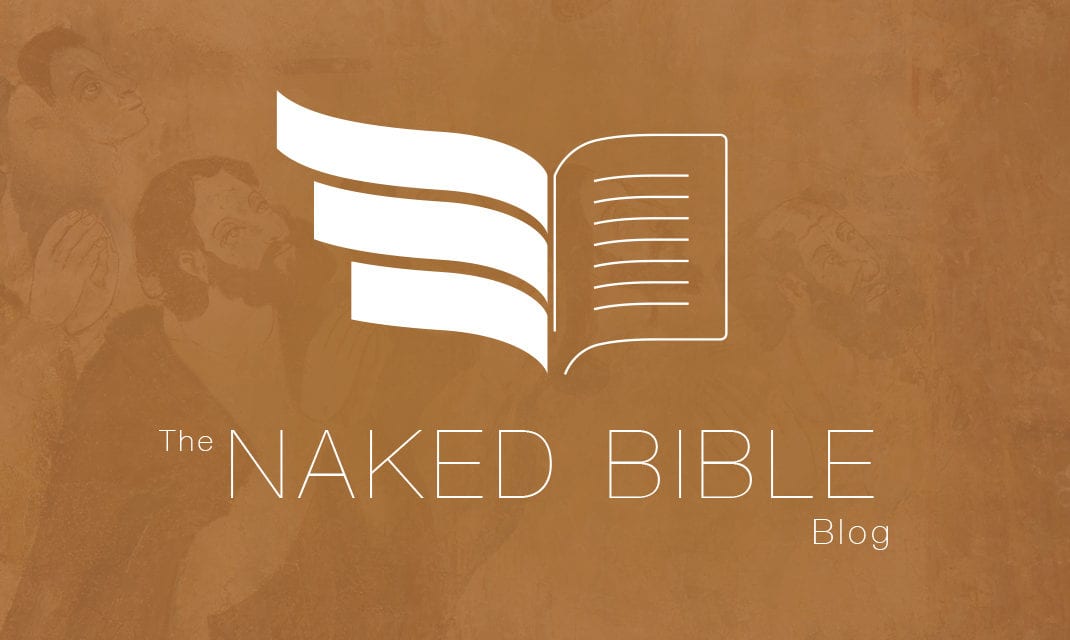Many of you have asked me via email or comments about whether Logos Bible Software was redoing its mega-popular (and mega-useful) Learn to Use Greek and Hebrew video product. Over the past year I’ve had a hand in re-shooting that course for Logos 6. It’s now available on pre-pub.
I can tell you that there is new content and new illustrations for both Hebrew and Greek tools and exegetical methods (for English-only readers), but the biggest advantage to the new version is the overall quality of the video content and the fact that the course is delivered within the Logos 6 environment. The new version of Learn to Use was shot and structured according to the format that we’ve used for the numerous courses that are part of Logos Mobile Education. It’s a significant step up in terms of the content presentation.
For those unfamiliar with the Learn to Use Greek and Hebrew product, we take a tools-based approach to biblical language learning. The focus is on learning important grammatical terms and concepts in Greek and Hebrew, and learning how to use original language software tools for gathering data and analyzing the original language content of the text. In other words, where traditional approaches to Greek and Hebrew in college or seminary focus on helping people learn to translate, Learn to Use Greek and Hebrew focuses on learning what you need to know for getting the interpretive payoff of Greek and Hebrew.
The centerpiece of this strategy is the reverse interlinear (Logos 6 has, I believe, six of these). If you are unfamiliar with what a reverse interlinear is, watch the video below (it’s for an old version, Logos 4, but it’s pretty thorough at explaining and illustrating the concept). Reverse interlinears in Logos 6 do more than you’ll see here.
I created the reverse interlinear for the King James Version, as well as the OT for the NKJV and most of the NIV. Creating one involves hand-linking each word of an English translation to the Greek/Hebrew/Aramaic from which it derives. The process takes about a year. The result is that you can run searches on Greek and Hebrew and Aramaic forms and root lemmas and get results returned in English — along with other specialized reports on grammatical, lexical, and semantic information for studying the data of the original text and being able to better understand academic resources that do the same (like serious commentaries and journal articles). It’s an amazing tool for those who haven’t spend years studying the biblical languages to still get interpretive payoff from the original languages.
For those who purchased the original course, you’ll have to read through the site or contact a sales representative in regard to upgrade pricing. I don’t know how the pricing will work.





Hey mike, I have much love and respect for your work. I am just getting the hang of Logos, and I was curious. What are your favorite lexicons, and or commentaries? There is just so much to chose from. I’m trying to think more like an ancient about the texts, but I feel like some of the more used commentaries are more geared toward the reformation. Thanks! By the way I cant wait to get my hands of The Portent!
send me an email for this, but on commentaries, I don’t recommend anything that doesn’t engage the original text. See:
https://drmsh.com//?s=commentaries&x=0&y=0
Awesome! Thanks alot.